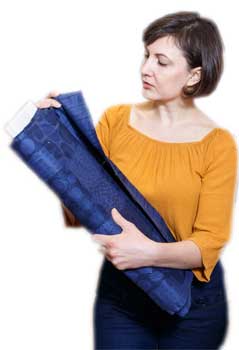Antique stores, thrift stores, garage sales, and grandma’s attic often have a treasure trove of old textiles that may include linens, tapestries, handmade quilts, or needlework projects. You may also come across christening gowns, wedding gowns, and other cherished garments from days gone by. These items are wonderful to look at and fun to consider how they were used in their day, but they might also set your creative mind to thinking of ways to re-use them. The treasured textiles, whether used intact or made into pillows, garments, or other accessories, are full of character and beauty.
Regardless of how you plan to use it, they most certainly will need cleaning. However, the downside to these fabrics is that they may not stand up to traditional cleaning methods. In this article, we hope to help you to determine the best way to clean those old textiles to give them new life.
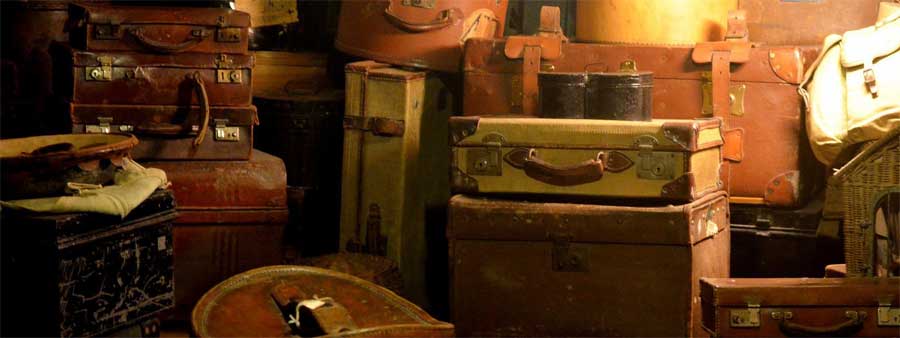
Read more (requires member login)
The complete version of this article is available on the ASG Members Only blog.
CLICK HERE to read the full article. Not a member? Join online!





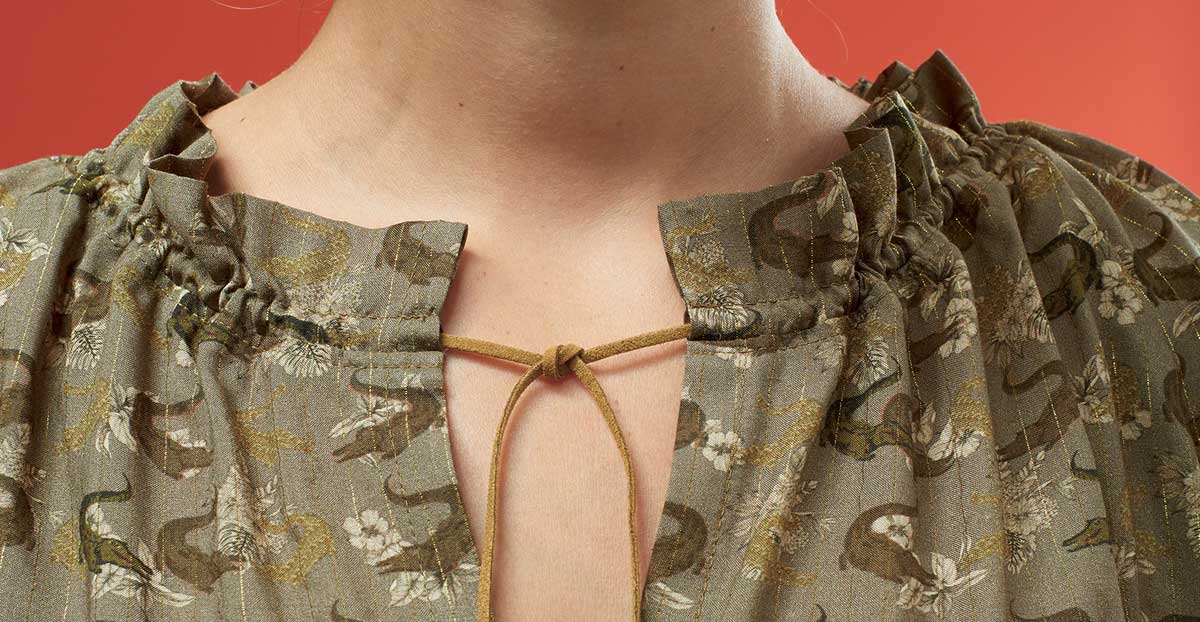
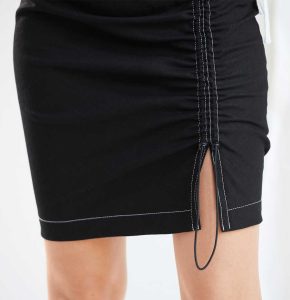
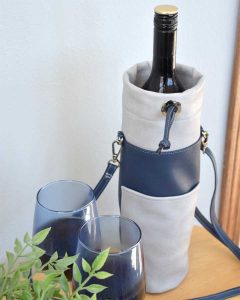
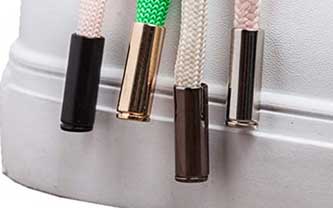
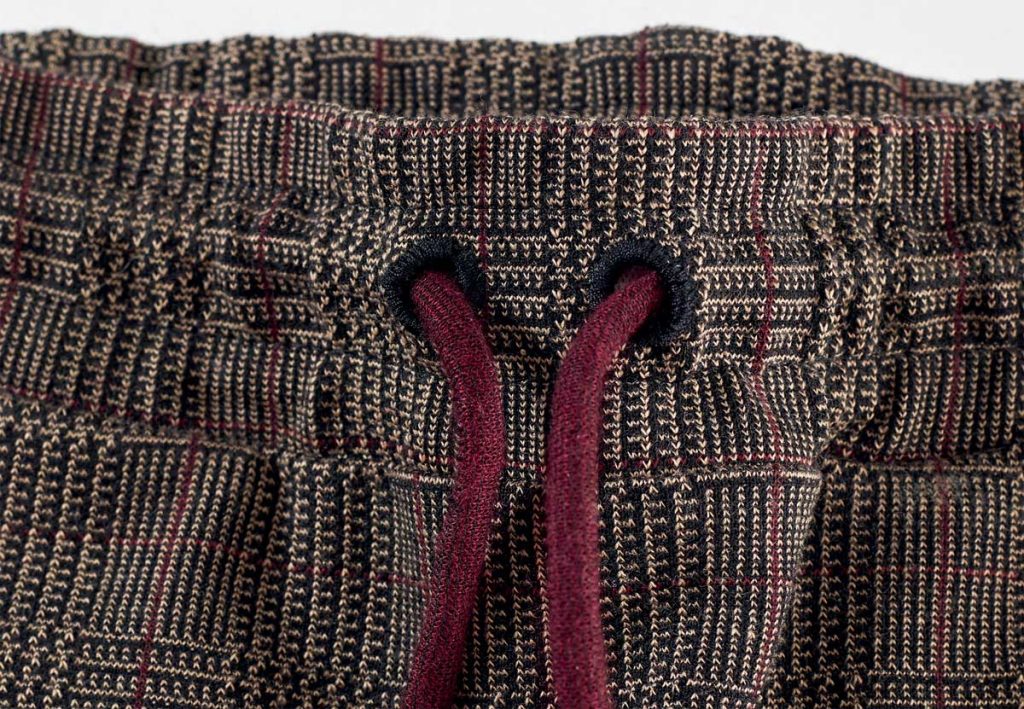
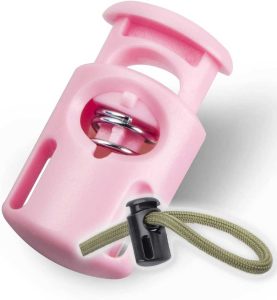

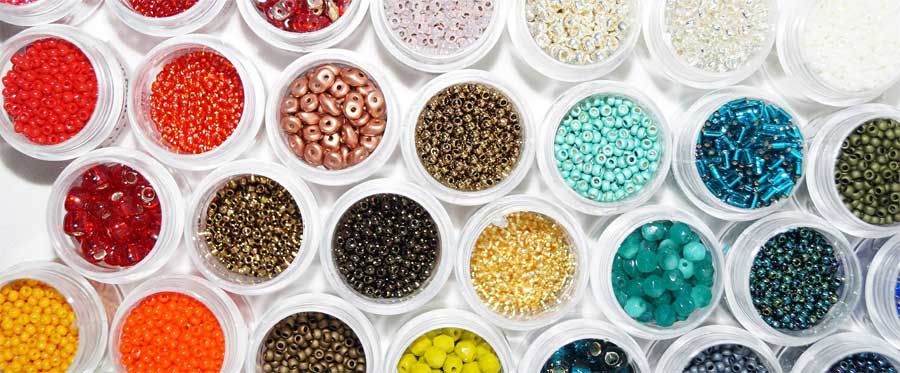
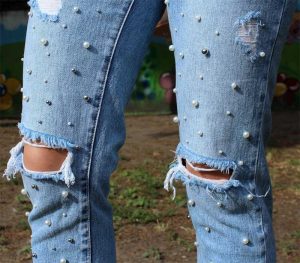
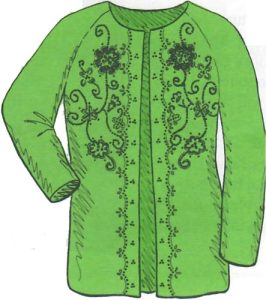 The list of fabrics suitable for beading ranges from laces and chiffons to very heavy fabrics, such as tapestries and leathers. Besides fabric, beading can also be done on lace trims, ribbons, and 3-D embellishments (such as fabric flowers and crocheted rosettes). Because bead work becomes heavy very fast, especially when using glass beads, your fabric may require some sort of support. If this is the case, determine which stabilizing medium will prevent distortion and hold your design in its original shape. Choices include stabilizers made for machine embroidery, flannel (a favorite choice), muslin, organza, self fabric, interfacing, and grosgrain ribbon. Sometimes the best stabilizer might even be another bead, just like you would use a flat button to back a heavier button on a leather jacket.
The list of fabrics suitable for beading ranges from laces and chiffons to very heavy fabrics, such as tapestries and leathers. Besides fabric, beading can also be done on lace trims, ribbons, and 3-D embellishments (such as fabric flowers and crocheted rosettes). Because bead work becomes heavy very fast, especially when using glass beads, your fabric may require some sort of support. If this is the case, determine which stabilizing medium will prevent distortion and hold your design in its original shape. Choices include stabilizers made for machine embroidery, flannel (a favorite choice), muslin, organza, self fabric, interfacing, and grosgrain ribbon. Sometimes the best stabilizer might even be another bead, just like you would use a flat button to back a heavier button on a leather jacket.
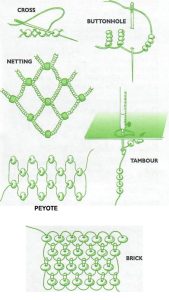
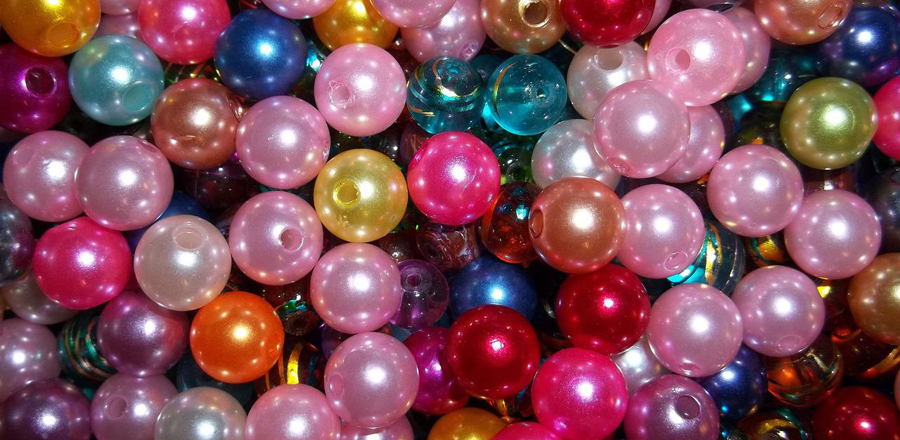
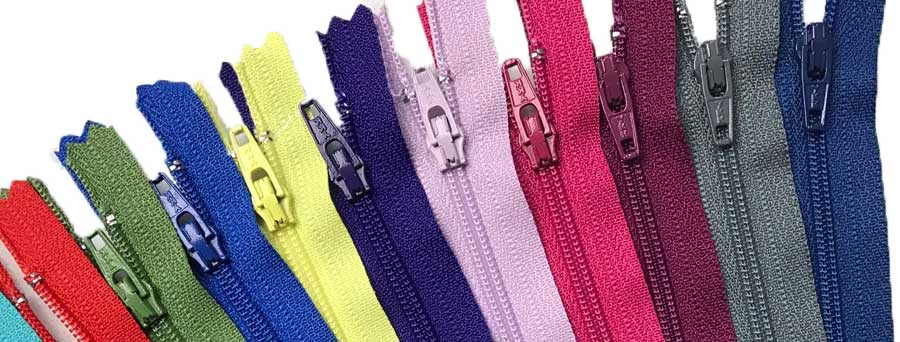
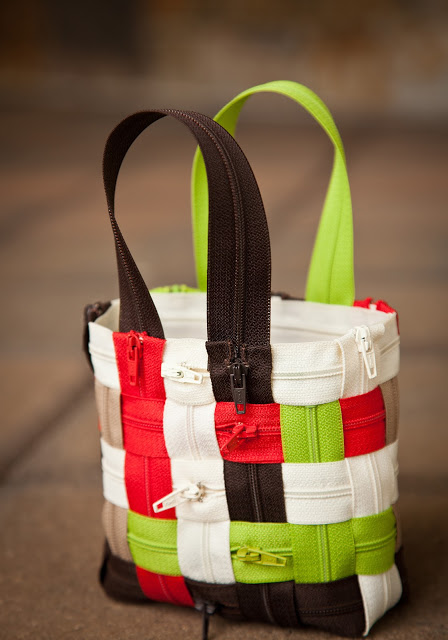

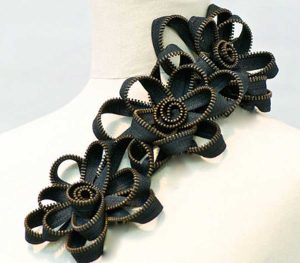
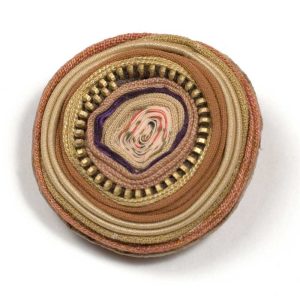
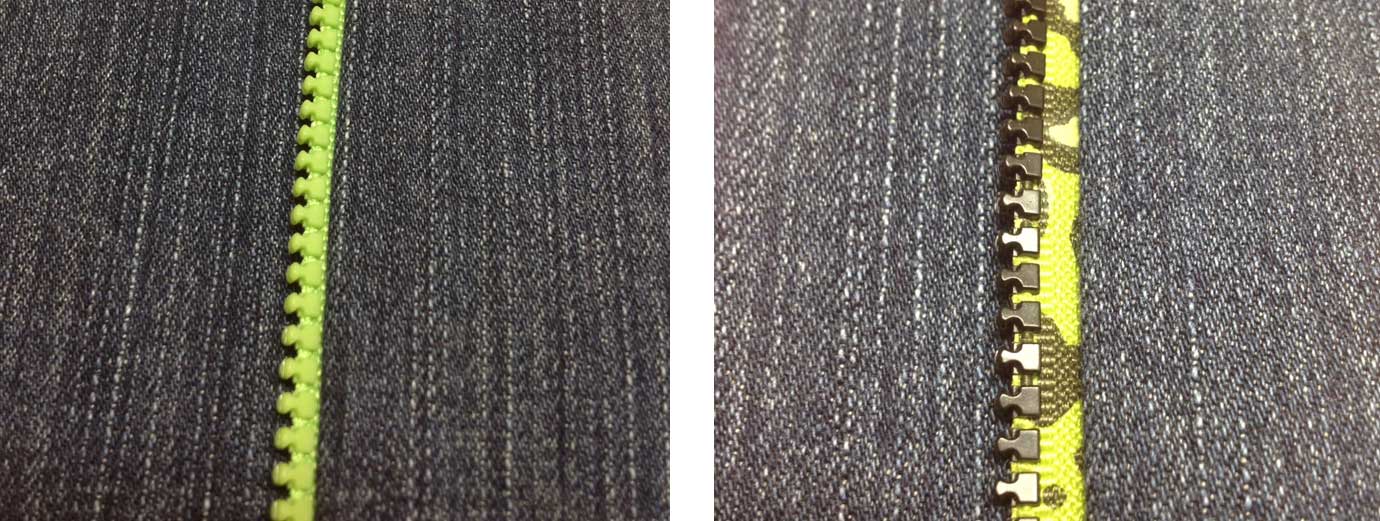
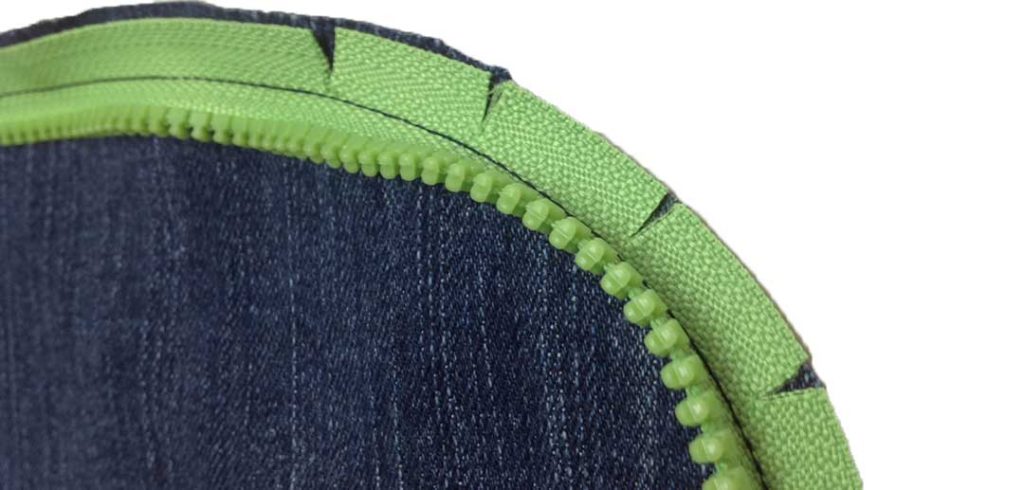
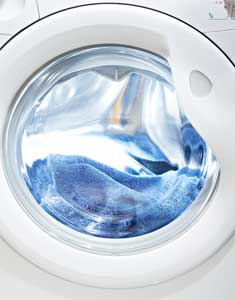 To preshrink, use the same method that you plan to use to launder your finished item. For example, if you’ll be washing and drying a garment by machine, preshrink by machine. If you’re unsure of the best care for the fabric, check the bolt for laundering information (this is a handy. Alternatively, some fabrics also have care symbols on the selvage edge that show care information. Note that there are also some fabrics that have been pre-shrunk or may not be in danger of shrinking. For example, many wools and silks are “needle-ready” and need nothing more than a touch up with an iron before you layout and cut the pattern pieces. With these fabrics, keep in mind that you will need to eventually clean most items regardless. Another item to note is that new fabric is treated with a finishing process to give it that lovely shine and polish. While it does make the fabric easier to work with for cutting and sewing, the finish will disappear after the first cleaning whether you do it as a pre-shrink or if you wait until it’s time for the item to be laundered.
To preshrink, use the same method that you plan to use to launder your finished item. For example, if you’ll be washing and drying a garment by machine, preshrink by machine. If you’re unsure of the best care for the fabric, check the bolt for laundering information (this is a handy. Alternatively, some fabrics also have care symbols on the selvage edge that show care information. Note that there are also some fabrics that have been pre-shrunk or may not be in danger of shrinking. For example, many wools and silks are “needle-ready” and need nothing more than a touch up with an iron before you layout and cut the pattern pieces. With these fabrics, keep in mind that you will need to eventually clean most items regardless. Another item to note is that new fabric is treated with a finishing process to give it that lovely shine and polish. While it does make the fabric easier to work with for cutting and sewing, the finish will disappear after the first cleaning whether you do it as a pre-shrink or if you wait until it’s time for the item to be laundered.